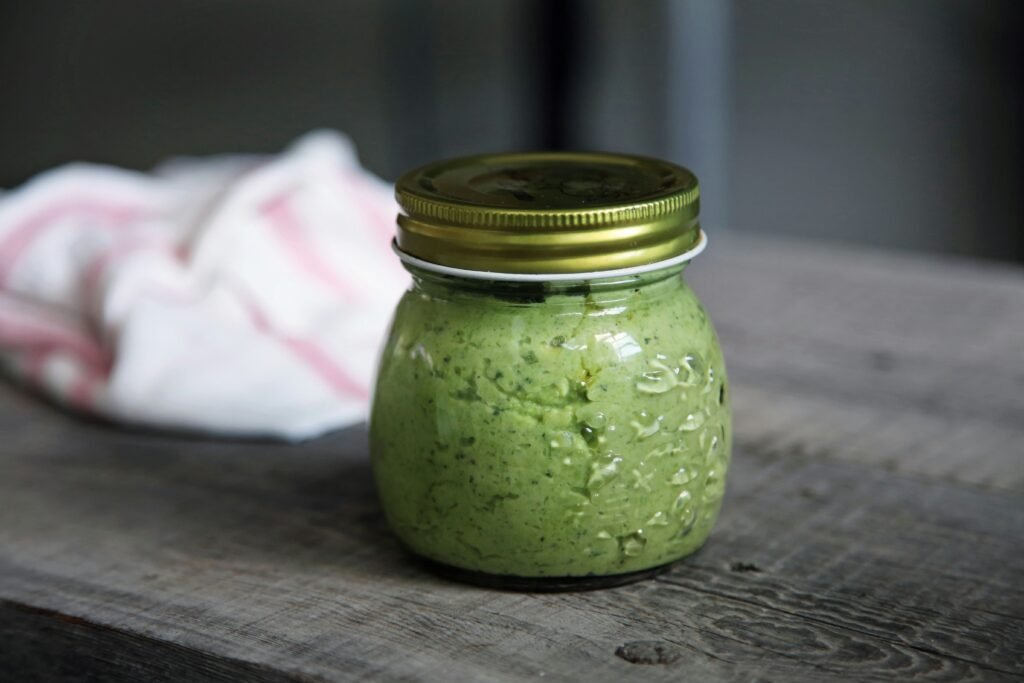In today’s world, where environmental consciousness is on the rise, adopting a zero-waste lifestyle has become more crucial than ever. One area where we can make a significant impact is in our kitchens. In this article, we’ll explore innovative and practical zero waste kitchen hacks that not only help the environment but also contribute to your budget and overall well-being.
Understanding Food Waste
Zero Waste Kitchen Strategies: Understanding the Impact of Food Waste

Food waste extends beyond the act of discarding spoiled vegetables; it encompasses far-reaching consequences, impacting various facets of the environment. From the substantial energy expended in production to the detrimental methane emissions resulting from the decomposition of organic matter in landfills, the repercussions are significant. Recognizing and comprehending these concealed impacts stand as the initial steps towards instigating meaningful change.
Understanding the broader implications of food waste goes hand in hand with fostering a more sustainable approach to consumption. It involves acknowledging the environmental toll that seemingly small actions can have and serves as a crucial foundation for adopting practices that mitigate these impacts. In essence, the journey toward reducing food waste begins with an awareness of its intricate and interconnected consequences, emphasizing the pivotal role each individual plays in contributing to a more sustainable and responsible future.
Conscious Grocery Shopping
Zero Waste Kitchen: Smart Meal Planning for Efficient Shopping Success
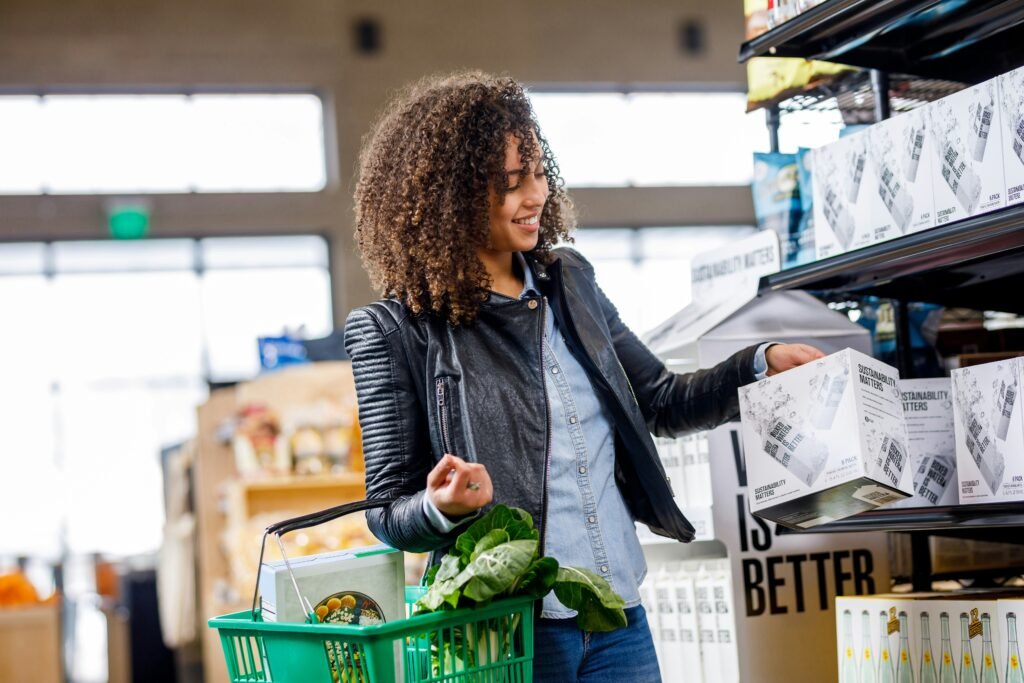
The foundation of a zero-waste kitchen rests on your approach to grocery shopping. Engage in the art of smart meal planning by crafting a shopping list tailored to your actual needs. This not only minimizes food waste but also proves to be an economical and mindful practice in the long run.
Smart meal planning involves a conscious consideration of your culinary needs, curbing impulse purchases, and reducing the likelihood of food spoilage. Aligning your shopping list with real-time requirements not only contributes to waste reduction but also positively impacts your budget, fostering a more sustainable and efficient kitchen.
Embrace Zero Waste: Opt for Ugly Produce and Reduce Environmental Impact
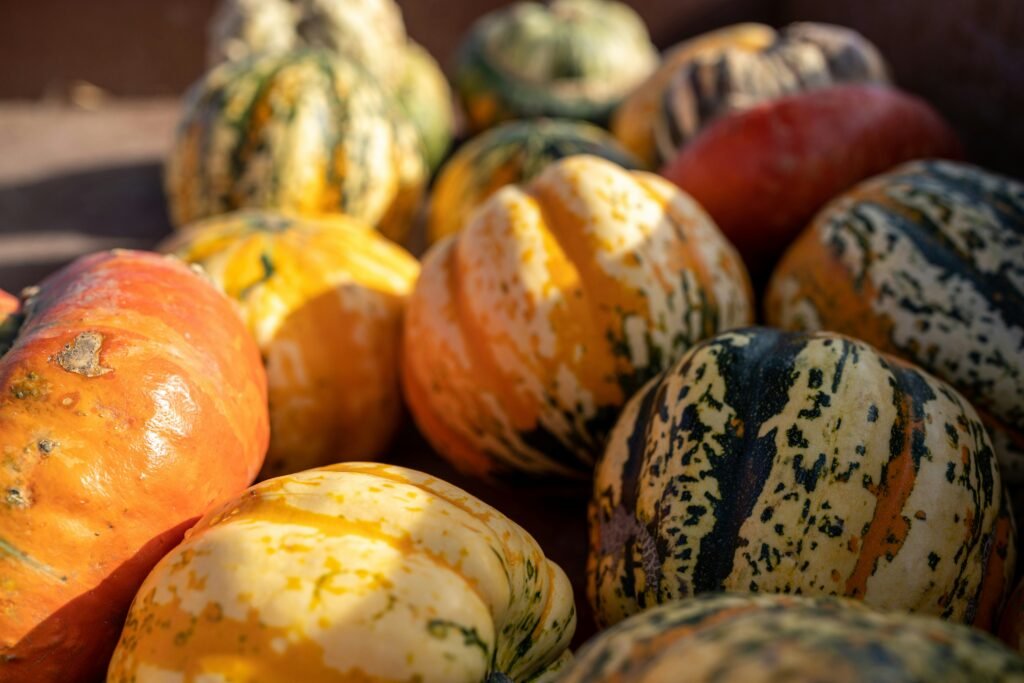
Uncover the beauty in imperfection by embracing “ugly” produce. While these fruits and vegetables might not adhere to conventional aesthetic standards, they boast equal nutritional value. Opting for them is a sustainable choice, actively preventing perfectly good food from being discarded.
Choosing “ugly” produce contributes to sustainability by challenging traditional beauty standards. It reduces food waste, acknowledging that appearances do not dictate nutritional quality. This mindful choice aligns with a broader effort to promote sustainability and combat the unnecessary disposal of nutritious food based on superficial criteria.
Storage Solutions
Zero Waste Freshness: Proper Storage Techniques for a Greener Kitchen

Optimize the longevity of your groceries through a savvy grasp of proper storage techniques. Simple adjustments, from employing airtight containers to mastering the correct storage of herbs, can notably curtail spoilage. These practices ensure that your produce remains fresher for an extended duration.
Understanding and implementing proper storage methods become instrumental in preserving the quality of your groceries. The use of airtight containers prevents exposure to air and moisture, key culprits in hastening spoilage. Additionally, mastering the art of storing herbs, whether through refrigeration or alternative methods, further extends their freshness, enhancing the overall shelf life of your kitchen essentials.
Creative Cooking Techniques
Zero Waste Cooking: Exploring the World of Root-to-Stem Techniques
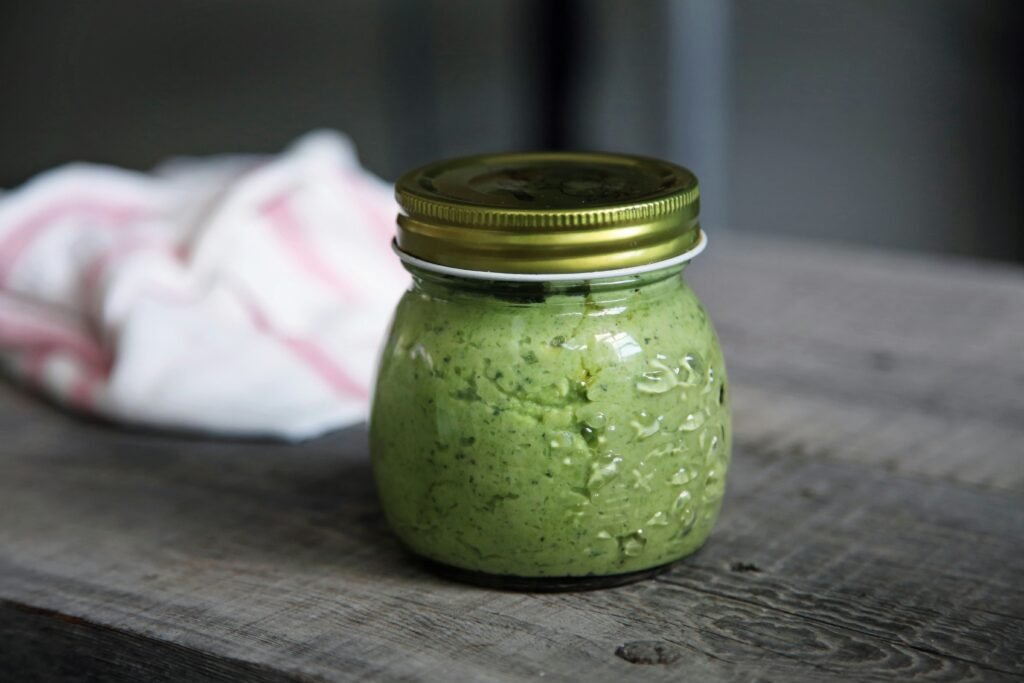
Embark on a culinary journey with root-to-stem cooking, a practice that maximizes the utilization of every part of a vegetable. This approach not only enhances flavors but also significantly minimizes waste. Delve into the creative process of transforming carrot tops into pesto or incorporating broccoli stems into flavorful stir-fries.
Root-to-stem cooking is a sustainable culinary adventure that promotes resourcefulness in the kitchen. By learning how to make use of often overlooked parts of vegetables, you not only expand your culinary repertoire but also contribute to waste reduction. This approach celebrates the entirety of the vegetable, ensuring that each component adds unique flavors and textures to your dishes while making a positive impact on the environment.
Second Life Leftovers: Zero Waste Reinvention of Meals

Transform your leftovers into culinary delights with inventive repurposing techniques. There’s no need for yesterday’s dinner to be mundane. Explore exciting ways to breathe new life into leftovers – turn roasted vegetables into a delectable frittata or transform rice into a flavorful stir-fried dish.
Leftovers become a canvas for creativity in the kitchen. By repurposing, you not only avoid monotony but also minimize food waste. A frittata crafted from leftover roasted vegetables adds a new dimension to your meals, while turning yesterday’s rice into a vibrant stir-fried dish introduces diverse flavors. Embrace the art of reinvention, and your leftovers will cease to be an afterthought, evolving into enticing and satisfying new culinary creations.
Composting Magic
Zero Waste Lifestyle: Composting 101 for a Greener Kitchen
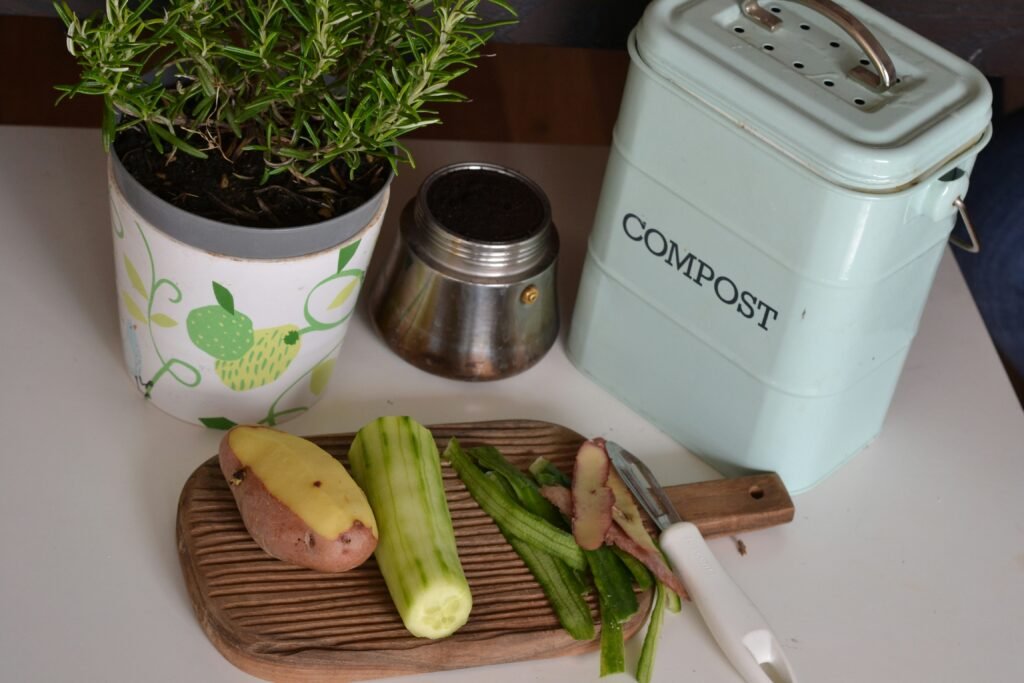
Composting stands as a simple yet potent tool in the zero-waste kitchen arsenal. Delve into the basics of composting, where kitchen scraps transform into nutrient-rich soil for your garden. This practice creates a win-win scenario, benefiting both the environment and your plants.
Mastering the art of composting involves turning everyday kitchen waste, such as fruit peels and vegetable scraps, into a valuable resource. The resulting compost not only reduces the amount of organic waste in landfills but also enriches your garden soil, promoting healthier plant growth. Embrace composting as a sustainable practice, and you contribute to a greener planet while nurturing flourishing, nutrient-dense gardens.
Conclusion
Embarking on the path to a zero-waste kitchen is a commendable journey where every small effort plays a significant role. By integrating these straightforward yet impactful hacks into your daily routine, you contribute not only to a healthier planet but also foster a kitchen that is both sustainable and budget-friendly. From minimizing single-use plastics to embracing reusable containers and exploring creative ways to repurpose food scraps, each step adds up to a more environmentally conscious and economically savvy kitchen. Together, these simple practices empower individuals to make a meaningful difference in reducing waste and embracing a sustainable lifestyle, one conscious choice at a time.
Connect with Nature
Now that you’ve embraced the essence of a zero-waste kitchen, it’s time to broaden the horizon of conscious living. In a world where every sustainable choice contributes to a greener future, connecting with nature becomes the natural next step. If you’ve ever wondered about the profound impact of intertwining your lifestyle with the beauty of the great outdoors, my posts on “Connecting with Nature” serves as a perfect segue.
Delve into the introduction to nature and its transformative power, exploring how fostering a deep connection with the environment aligns seamlessly with the principles of a zero-waste kitchen. Discover the harmony between sustainable practices in the kitchen and the larger picture of mindful living.
Curious about the transformative power of connecting with nature? Explore more in Connecting with Nature and take the next step towards a holistic and sustainable lifestyle.
#Frequently Asked Questions
- Can I compost meat and dairy leftovers?
- Answer: While it’s best to avoid composting these items, specialized composting techniques can handle small amounts. However, it’s advisable to focus on composting fruit and vegetable scraps for optimal results.
- How do I store herbs to keep them fresh longer?
- Answer: To extend the freshness of herbs, store them in a glass of water in the fridge, similar to a bouquet. This keeps them hydrated and ready to enhance your dishes.
- Are there specific vegetables suitable for root-to-stem cooking?
- Answer: Many vegetables lend themselves well to root-to-stem cooking, including broccoli, cauliflower, and carrots. Get creative and experiment with different parts to minimize waste.
- Can I freeze leftovers for a more extended shelf life?
- Answer: Absolutely! Freezing leftovers is an excellent way to extend their shelf life. Just ensure proper packaging to prevent freezer burn and maintain the food’s quality.
- How can I involve my family in reducing kitchen waste?
- Answer: Make it a fun and educational experience. Involve family members in meal planning, grocery shopping, and cooking. Educate them on the environmental impact, fostering a collective commitment to reducing waste.

